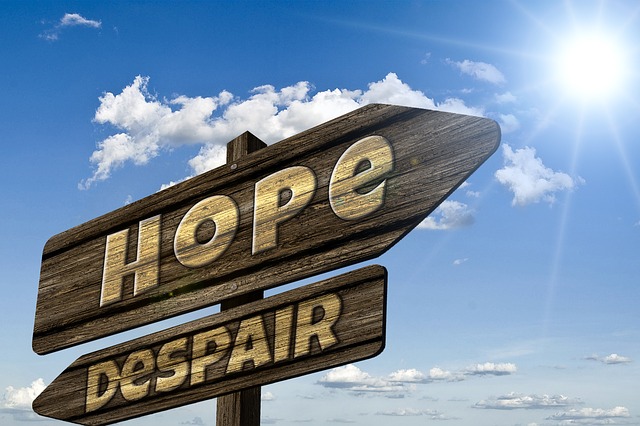Many people have heard of the placebo effect, but fewer have heard of the nocebo effect.
The Double-Blind Randomized Controlled Trial
The gold standard for medical research studies is the double-blind randomized controlled trial (RCT). The simplest RCT study might take a target population (e.g., patients with high blood pressure) and then randomize them into two groups: (1) a new treatment (e.g., a new drug) and (2) a placebo (e.g., a sugar pill). In a good research study, the target population is large enough for the results to be significant and the two randomized groups are treated exactly the same. What makes a RCT double-blind? Neither the doctors nor the patients know if they are in the treatment or the placebo group. In theory, this means that both groups are treated the same. The data (e.g., blood pressure, side effects, etc.) is collected and analyzed by the researchers separately. For a drug to be deemed effective, it must be better than placebo.
Placebo Effect
In studies, the placebo effect is said to be somewhere between 30 – 35%. (Some say it is even higher.) How is this possible? Mindset is an important factor in health. If you have a positive expectation, then you are more likely to have a positive outcome. Mind over matter.
Nocebo Effect
Unfortunately, the corollary is true. If you have a negative expectation, then you are more likely to have a negative outcome. This is the bind that many physicians are in when they talk about the rare side-effects that might happen with a drug. Yes, you should be informed, but if your mindset shifts from the positive expectation (e.g., lowering your blood pressure) to the negative expectation (e.g., side effect, like stomach pain), then you shift from a placebo effect to a nocebo effect. In studies, both the treatment and the placebo group are given the same warnings against side effects. The “placebo group” for many cancer drugs often have “nocebo effects” of nausea, vomiting, and hair loss when both groups are warned of these side effects.
The term “nocebo response” was coined in 1961 by Walter Kennedy, and is thought to explain the effectiveness of curses and hexes. The mind and mindset are powerful. Mindset can be both a blessing or a curse — a placebo or a nocebo. This is the origin of the term “medical hexing.” When given a prognosis, patients will often dutifully fulfill the prediction. Doctors must find the balance between giving a terminal sentence, being realistic, and maintaining hope. The practice of medicine is not only science, but also an art of interpersonal connection and communication.
Side Effects
To be clear, a nocebo effect is not a side effect caused by the drug, but a response of the patient based on their expectation. The major effect of a drug is hopefully the positive response (e.g., lower blood pressure), but the side effects are the unwanted negative responses (e.g, kidney failure). The value of a drug depends not only on how effective it is for the problem, but how safe it is (not cause dangerous side effects) and how well tolerated (low risk of unwanted side effects that would cause the patient to stop the treatment).
In a strange turn of events, occasionally, a side-effect becomes the new reason to market a drug. This is the history of drugs like Viagra and Ritalin.
Mind Over Matter
In studies, treatments must prove themselves to be better than placebo (and nocebo). In medical practice, the balance of maintaining “hope” and still being “realistic” is a challenge that both doctors and patients face. Statistics tell us what are the odds for a population, but for an individual the result is often going to be 0% or 100%. For example, the odds might be 50% that you will be pregnant, but you can’t be a little bit pregnant.
Mindset and attitude can be powerful allies (or enemies) of health.
Let us use the power of mindset and attitude wisely to keep hope alive AND live in the reality of the present moment.

